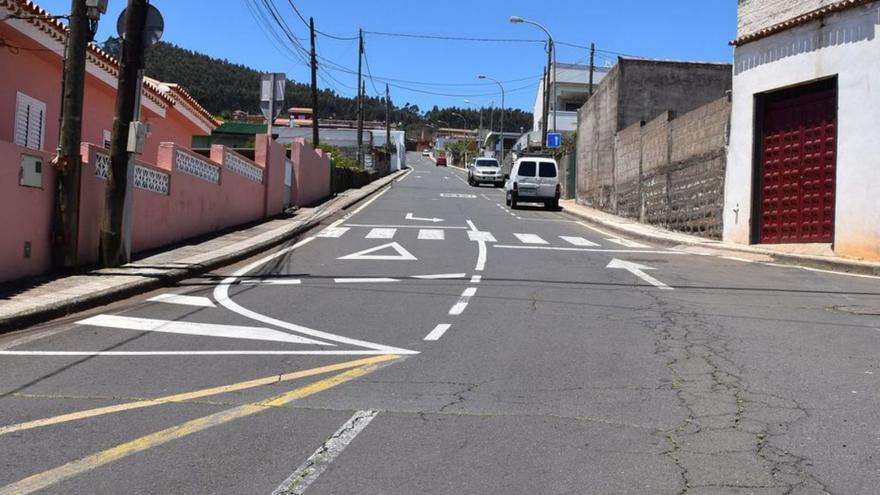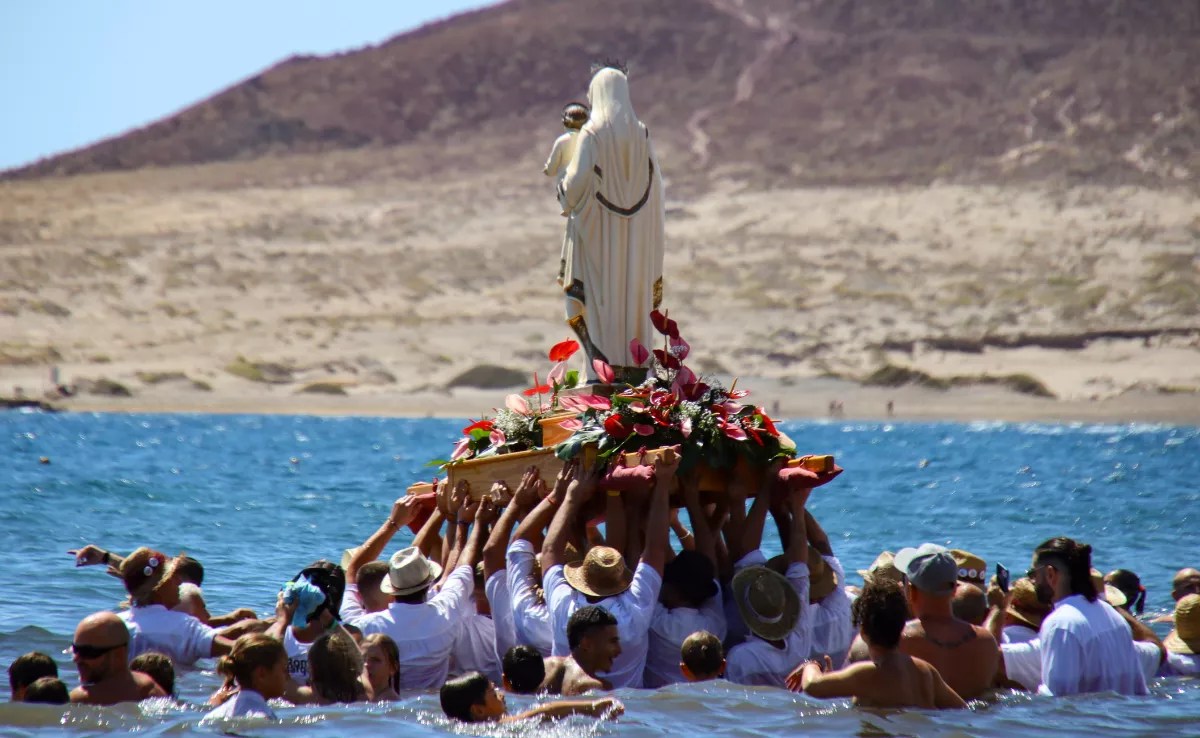
El Rosario renews the pavement of its roads. The City Council has decided to launch a project that will involve action on 30 streets and with a tender budget of 1.4 million euros. This is the second asphalting plan for the municipality, which was approved last Wednesday by the Local Government Board. The improvements will take place in the cores of La Esperanza, Tabaiba Baja, Llano Blanco, Llano del Moro and Barranco Hondo.
“It should be specified that The Radazul Bajo nucleus is not included in this asphalting plan. because the resurfacing of its streets is already contemplated when the work to improve the drinking water distribution network of this enclave, currently underway, is completed”, they detail from the Consistory on the initiative, which follows a “previous diagnosis” of some roads that are characterized by a “visible deterioration of the surface” and that required “urgent rehabilitation, in order to eliminate the pathologies detected, which also improves the safety and comfort conditions of users , less tire wear and lower fuel consumption.”
The mayor of El Rosario, Escolástico Gil, maintains that with this second asphalting plan the main public roads of the municipality will already be “in optimal conditions”. This action, which must still be put out to tender and which foresees a period of eight months from the beginning of the work, is added to the first asphalting plan with which some of the main arteries of the different nuclei were renewed from El Rosario, such as Grano de Oro and El Calvario streets, in La Esperanza; Camino del Medio and Viñatea, in Llano del Moro; Las Lagunetas road, in Lomo Pelado; Llano Blanco and Cortés, in Radazul, and Spain, England, France and Holland, in Tabaiba.
Now streets such as La Sardinera, Elías Bacallado Hernández, Francisco Rodríguez Machado or Cascajal, in La Esperanza; Peñafiel or La Montañeta, in Las Rosas; Porcuna, in Llano del Moro; Portugal, Italy and Belgium, in Tabaiba Baja; part of the road from Llano Blanco to Machado, or the La Jurnia road, in Barranco Hondo.
«The works cover the main roads of the different nuclei that were not subject to reform in the first asphalting plan and they were selected based on their traffic density and the previous poor condition of the asphalt, ”says the City Council. The general objective is the paving and rehabilitation of pavement in order to improve road safety and facilitate connections between the different nuclei of the municipality. Between both plans and the rest of specific actions, more than 50 rosario streets have been or will be reformed.
In addition, a series of complementary actions to those of rehabilitation have been included in those streets that need it, which improve the conditions of drainage and road safety, such as the renovation of the drainage gratings and the replacement of the old galvanized fences with barriers of metal-wood. The rehabilitation of the pavement avoids, in the medium and long term, the increase in costs in the activities of conservation and maintenance and improvement of road safety, reducing the accident rate of the roads.














